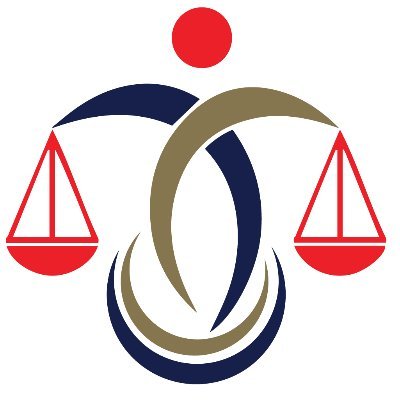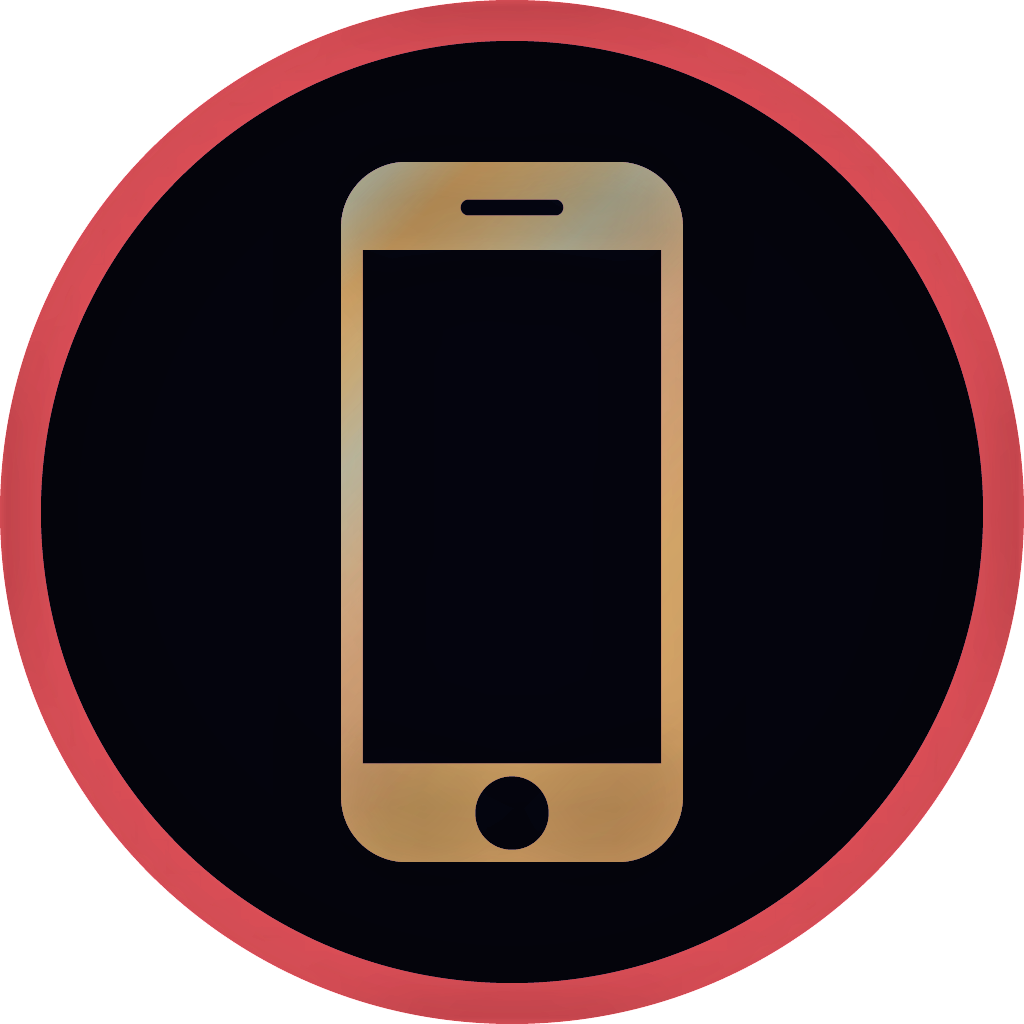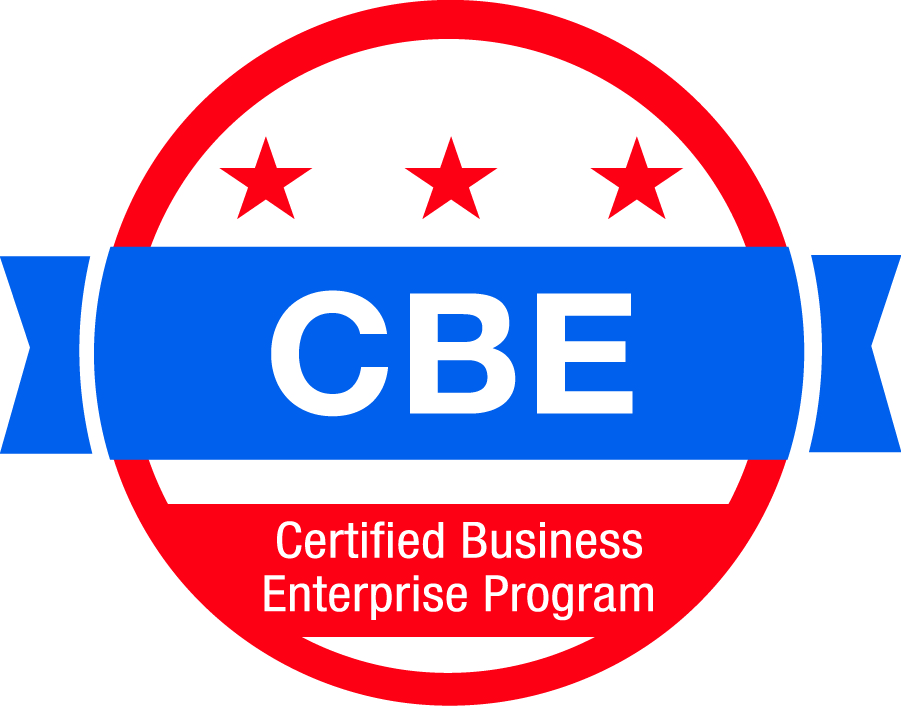
Bias begins in the heart and conveys a fundamental truth – that biases start with us. We all have our own set of beliefs and values, and these are reflected in the way we think, feel, and act.
According to the Oxford Dictionary, bias is prejudice in favor of or against one thing, person, or group compared with another, usually in a way considered to be unfair.
Whether we realize it or not, our biases affect our decisions, judgments, and interactions with others in both obvious and subtle ways. It’s easy to point to examples of bias like racism or sexism as being bad because they lead to unfair treatment of individuals based on their skin color or gender. But what about subtler forms of bias?
These hidden prejudices can cause damage even though they may be less noticeable or recognizable. For instance, someone might only hire a candidate if they had a different accent or wore glasses. In order to address bias in society, we need to first look inward at ourselves and recognize the biases we possess. It’s important to take time to reflect on how our thoughts and behavior affect others around us and how these subtle forms of discrimination can contribute to larger injustices in the world.
Examining our own prejudices allows us to become more mindful about how we treat people – regardless of where they come from or what group they belong to – which helps create a more equitable society for everyone involved.
It can be a difficult and uncomfortable process, but examining our own biases and prejudices is an important step toward becoming more aware and inclusive individuals. Here are some steps you can take to begin examining your own biases and prejudices:
1. Acknowledge that you have biases: The first step is to recognize that everyone has biases, including yourself. It’s important to understand that biases are often unconscious and ingrained, so it’s not necessarily your fault that you have them.
2. Reflect on your experiences: Think about your past experiences and how they may have influenced your beliefs and attitudes. Ask yourself questions such as: What social groups do I belong to? What stereotypes have I heard or believed in the past? Have I had any negative experiences with people from certain groups?
3. Challenge your assumptions: When you catch yourself making assumptions about people, stop and ask yourself why you think that way. Are your assumptions based on facts, or are they simply stereotypes? It’s important to recognize when you’re making assumptions and challenge them with more accurate information.
4. Expose yourself to diversity: One of the best ways to overcome biases and prejudices is to expose yourself to diversity. Make an effort to interact with people from different backgrounds, cultures, and experiences. Listen to their stories and perspectives, and try to see things from their point of view.
5. Educate yourself: Learn about the history and experiences of different social groups. Read books and articles, watch documentaries, and attend events that focus on diversity and inclusion.
6. Be open to feedback: Finally, be open to feedback from others. If someone points out a bias or prejudice that you have, don’t get defensive or dismissive. Instead, listen to what they have to say and take it as an opportunity to learn and grow.
Remember, examining your own biases and prejudices is an ongoing process, and it’s okay to make mistakes along the way. The important thing is to be committed to self-reflection and personal growth.
By beginning this work at an individual level, we can start working together towards creating a fairer society free from prejudice and discrimination. We must remember that bias begins in the heart – so let’s use our hearts to build bridges instead of walls between us!







Comments are closed